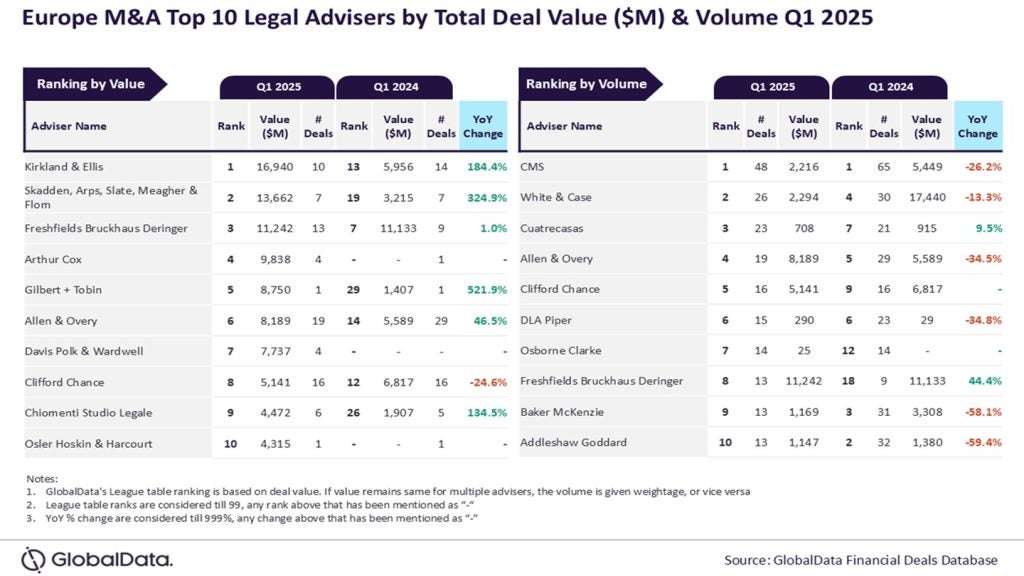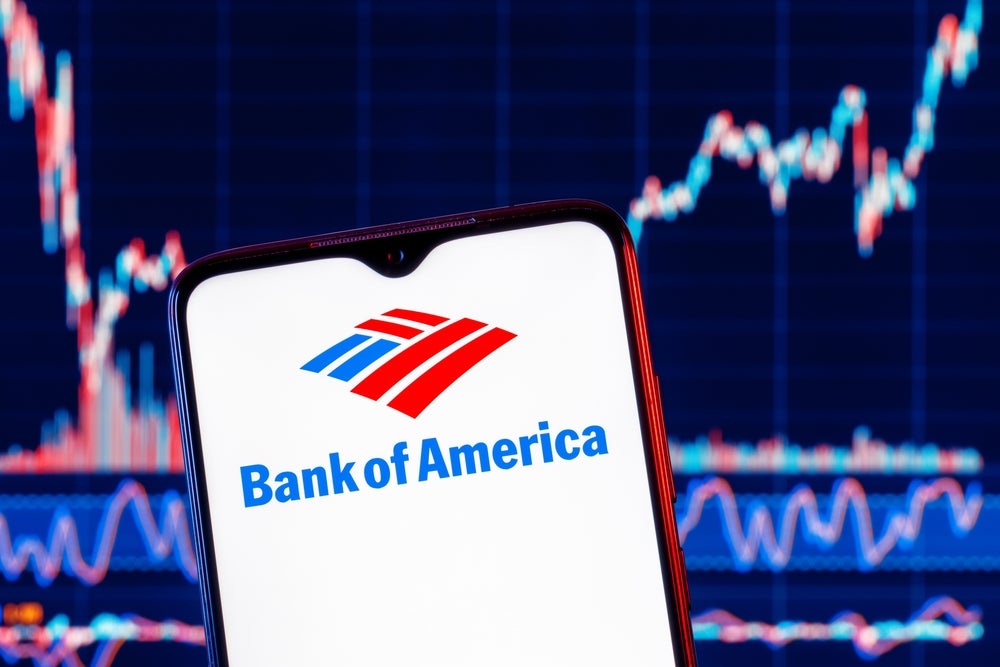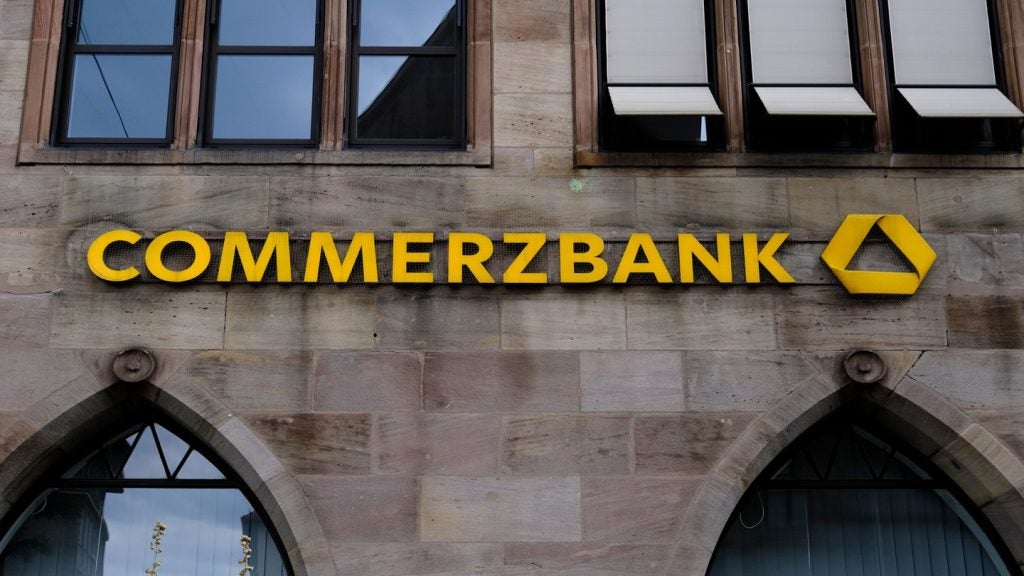Over the past year, supply chain disruption has evolved from a seemingly temporary blip into a global crisis. Against a backdrop of sharply rising inflation rates and the lingering impact of disruption caused by Omicron, the global economy has entered 2022 in a weaker position than previously expected. Industry leaders warn that delays and bottlenecks are likely to “last into 2023”, with many businesses buckling under the pressure of steep price hikes.
The emergence of the “Great Supply Chain Disruption”, as it is being dubbed by leading economists, begs the questions as to how did this crisis unfold in the first place?
The gradual widening of cracks in the supply chain can be split into three distinct parts:
1. Global shutdown – When the pandemic struck in early 2020, the majority of businesses closed, causing factories to also halt their production. With fewer goods being made, it was expected that demand would also drop sharply. However, rather than a drop in demand, in many countries like the UK and America the closure of stores simply accelerated the shift to online shopping – in June 2020, Amazon alone reported a 26% increase in sales from the same time the previous year.
2. Shortages – Supply chains, however, were unprepared to meet this demand, with the increasing number of orders far outstripping the availability of shipping containers. This led to a shortage of goods, as manufacturers lacked the capacity to bounce back to pre-pandemic output levels to meet the demand. Lack of capacity was compounded by a shortage of labour and shipping and delivery services, since thousands of workers were forced to self-isolate in the Spring and Summer of 2021.
3. Soaring prices – The result was that the price of goods and materials soared exponentially, forcing companies to reduce production and hike costs in order to stay afloat. In the US, the price of some materials rose by as much as 54% over the course of 2021. This heightened financial pressure on suppliers has created a perpetual cycle of shortages and rising prices, with no way out seemingly in sight.
Looking past the pandemic
Covid has clearly left a permanent mark on economies around the world. However, while Covid may have been the trigger for plunging global trade into crisis, many of the reasons for the inability of supply chains to cope with this shock to the system pre-date the pandemic.
Principal amongst these is the chronic and ever-growing issue of securing sustainable working capital for SMEs, which significantly hinders the growth of small suppliers. Payment timeframes is one exacerbating factor and the availability of capital is another.
Slow and late payments, for example, continue to stifle small businesses of much-needed cash. Three in five UK businesses are currently owed money in late payments, while over 400,000 SMEs are on the brink of closure due to the late payment of invoices. Liquidity challenges are compounded by difficulty accessing finance itself. A recent survey by the Federation of Small Businesses found that the proportion of SMEs having their applications for finance approved was at a seven-year low, creating further barriers to growth.
This has serious knock-on effects on the rest of the trade cycle, preventing working capital from reaching all corners of the supply chain. The result is that suppliers are left without the cash they need to adapt to rising costs, causing production to slow down.
Technology is the gateway to supply chain reform
Advances in technology, however, mean that there is no reason why small businesses should have to wait so long to be paid or get access to cash. Machine learning can analyse past payment patterns to make probabilistic assessments of the few invoices that are unlikely to get paid, enabling the rest to be paid automatically when they are received.
This technology can also advance cash from future expected earnings by leveraging data from large corporate companies or other data sources, such as e-invoicing platforms and accounting systems. Where strong cash flows are identified, SMEs can secure larger loans which are then paid back as they make revenue.
A data-driven approach to financing is a win-win for all trading parties. Suppliers receive much-needed working capital to maintain production output against a background of surging prices. For buyers, they are able to strengthen their supplier relationship and unlock swathes of small suppliers that would otherwise be precluded from offering their services, subsequently helping to ease shortages. This enables trade to keep flowing during times of crisis.
The two-year anniversary of the pandemic marks an appropriate point to take stock and reflect on the legacy systems that have for decades underpinned international trade. Covid may have been the trigger for pushing global trade into turmoil, but the severity and longevity of the subsequent disruption demands an inspection of supply chains that goes past the pandemic. While we cannot prevent another crisis from occurring, new technology can help to significantly bolster the resilience of supply chains. As the global economy looks ahead to the post-pandemic world, it is clear that tackling SMEs’ liquidity challenges must play a central role in ‘building back better’.
Paul Christensen is CEO of Previse

For more coverage across our publishing network of the issues created by the supply chain crisis, read the following:
- Supply Chain Vulnerability Index shows wide gulf between US and China – Investment Monitor
- Where are industries clustered in the UK? – Investment Monitor
- Who will be the supply chain winners and losers in 2022? – Investment Monitor
- The relationship between trade and investment in the UK – Investment Monitor
- The record profits of shipping companies will contribute to their demise – Investment Monitor
- How supply chains became headline news – Investment Monitor
- Taking ownership of supply chain emissions – Energy Monitor
- Booming EV sales challenge critical mineral supply chains – Energy Monitor
- Filings buzz in oil and gas industry: 37% increase in supply chain and logistics mentions since Q3 of 2020 – Offshore Technology
- The challenges facing food manufacturers on Scope 3 emissions – Just Food
- Preparing for future shocks: supply-chain disruption and food security in the UK – Just Food
- Predicting the unpredictable: The inflationary trickle-down on the food supply chain – Just Food
- Pressing issues for automotive supply chains – Just Auto
- Building supply chains for on-time, on-cost EV manufacturing – Just Auto
- How soon will the chip shortage end? – GlobalData survey results – Just Auto
- China’s resilience shines through in index of world’s most vulnerable apparel supply chains – Just Style
- Steadying the ship: Apparel supply chain pressure points and how to alleviate them – Just Style
- The 3D tools accelerating apparel supply chain lead times – Just Style
- Opinion: When apparel supply chains fail to supply – Just Style
- Direct to patient: rocky road to remote drug delivery in clinical trials – Clinical Trials Arena
- Covid-19 antiviral access: uneven supply patterns hinder US rollout – Pharmaceutical Technology
- Cutting the carbon footprint of pharma’s supply chain – Pharmaceutical Technology
- Molnupiravir supplies dominate in times of Paxlovid scarcity – Pharmaceutical Technology
- The end of the coal supply chain – Power Technology
- Broadcast and live events sector faces a two-year recovery from supply chain delays – Leasing Life
- Supply chain special – what’s the impact on wine? – Just Drinks
- Opinion: Why aren’t investors piling in to build new LNG projects? – Energy Monitor
- EU’s CBAM to impact Russia, China and the UK the most – Energy Monitor
- How supply chains became headline news
- What the Ukraine conflict means for Europe’s energy crisis – Energy Monitor
- Will hydrogen trucks power the supply chains of the future? – Energy Monitor
- Supply chain tech startups have raised $7bn since 2018: Big winners from the crisis – Verdict
- Supply chain special – What’s the impact on soft drinks? – Just Drinks
- What can digitalisation do for the oil and gas supply chain? – Offshore Technology
- Concerns for mineral supply chain amid booming EV sales – Mining Technology







